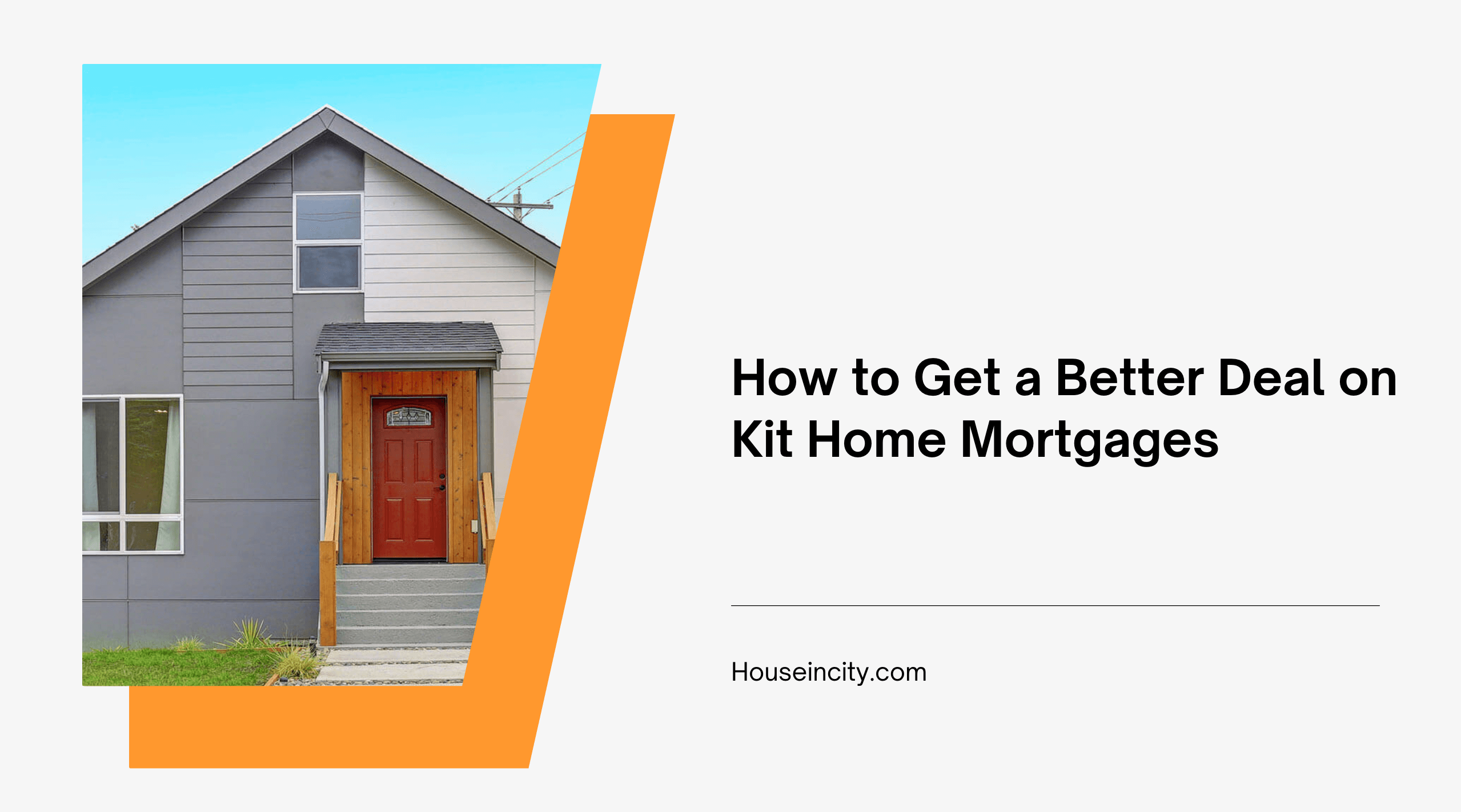Many people do not look upon owning a Kit Home as an investment, but it definitely is. Unlike security prices,
which tend to move up and down quickly, housing prices usually undergo an uninterrupted price increase over a long period of time. Hence, they may provide a partial hedge against inflation.
There are several forms of real-estate investment. Generally, undeveloped land, containing no or minimal structures (unlike cottage or farm property), provides the best growth potential, but it also carries greater risk. Developed land, holding residential and/or commercial buildings, offers less risk. Developed land with rental property can, of course, provide you with steady income from the rents.
Real estate as an investment often suffers from a lack of liquidity and marketability compared with other forms of investment. Such a comparison may seem totally irrelevant when considering your home, but during a financial crisis, the liquidity and marketability of your investment can be crucial.
Owning a Kit home is becoming one of life’s traditional goals. That’s natural, since people would rather see those monthly payments go into their own property than into someone else’s. Kit Home ownership is a good financial goal, it’s a good investment, and it can help you from a tax standpoint.
But if you are a Kit Homeowner, or inspire to be one, you’ve got to know how to handle the mortgage. You can save enormous sums of money by getting the right mortgage and paying it off fast. Remember, the more money you can save in one area of your personal financial portfolio, the more money you can make in another.
To help you understand this important subject, put yourself in the following:
What if you’re shopping for a mortgage? The manager at your bank wants your business and offers you a 25-year loan at 8 percent. He/she have been helpful to you in the past, and you like to deal with them. But on the way to your car, you pass another bank with a sign in the window promoting 25-year mortgages at 7.5 percent.
Do you forget about the second bank and stay with your bank? Or walk in and sign a deal with the second bank? Or look for other alternatives? None of those answers is wrong, but, as is usual in life, some are better than others. For instance, you may decide that because of your past relationship with your bank, you’d rather place your mortgage there. That may be the right course, but before you make up your mind, take time to calculate what that loyalty is going to cost.
Assume that you want to borrow $70,000. At 8 percent, amortized over 25 years, your monthly payment would be $540.27; at 7.5 percent, you’d pay $517.29. That’s a difference of only $22.98.
But the argument for switching becomes a bit more compelling when you multiply the monthly difference by 12 and realize you’ve given your 8-percent mortgage lender an unnecessary $275.76 over a year. While that’s not a vast sum, it’s a credit that would look better on your personal balance sheet than it would in the bank’s annual report.
Now, take a look at just how astonishing those numbers really get. You’re looking at a 25-year term for your Kit Home mortgage. So over that time, you’ll pay $6,894 more by taking your bank’s mortgage. If you signed with the second bank, you could put that money aside.
Now that you’ve seen the difference just half a point can make, look at some even more amazing numbers. Mortgages are set up in such a way that for the first several years, most of the money you pay is interest. Very little goes toward reducing your principal.
What this means is, simply that any additional payments you can make in the early stages of a Kit Home mortgage will have an almost unbelievable impact on the total interest you’ll have to pay to make your Kit Home your own. Current federal-tax laws allow you to deduct Kit Home mortgage interest you pay. So, you will have to take that into consideration when you determine the net savings after you find a cheaper rate of interest.
